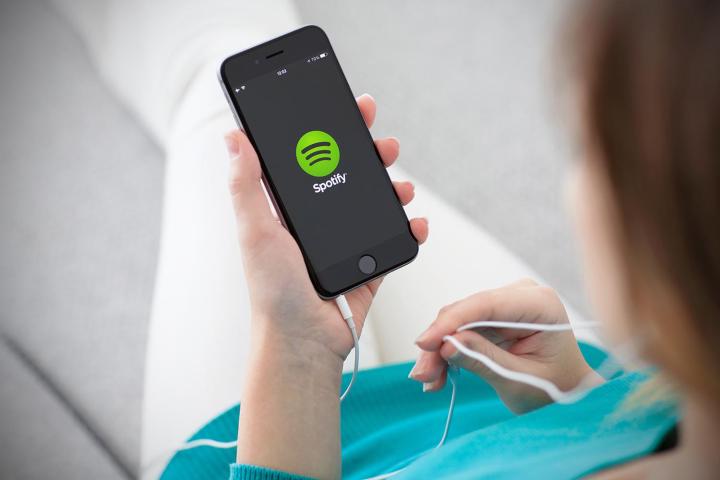
In a post on the company’s blog published today, Spotify revealed that more than 40 million listeners have used Discovery Weekly since its launch in July 2015. Rather than simply bragging, though, the company also took some time to share some interesting statistics related to the playlist.
First, it seems that Discovery Weekly keeps users listening longer: more than half of those listening to the playlist listen to at least 10 songs, and the same number of listeners saved at least one song to a playlist of their own. Half of all Discovery Weekly listeners also came back the following week to check the newly updated playlist.
Discovery Weekly playlists are updated on Monday mornings, and at least in the U.S. and U.K., listeners are checking for new music right away, with peak listening occurring between 8:00 a.m. and 9:00 a.m. local time on Monday. In Sweden and Germany on the other hand, peak listening occurs after 5:00 p.m. local time. This is important, as the blog post points out that Sweden, Switzerland and Germany are the countries that use Discover Weekly the most.
It’s not just listeners who are benefiting from Discovery Weekly either, with bands like Transviolet, TastyTreat, and Safakash having half their monthly listens coming from the playlist. Artists BØRNS and Halsey both saw their music discovered by more than a million new users thanks to the playlists. Your death metal band might not do as well though, as the top genres streamed via Discovery Weekly are pop, indietronica, and indie pop.


